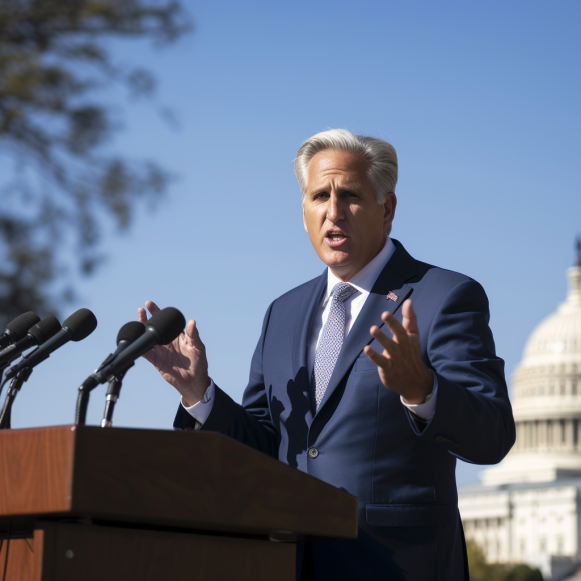Thousands of planned homes could vanish as ‘builder’s remedy’ sweeps Bay Area cities

San Jose developers are reducing housing proposals; officials claim they are caught in a ‘loophole’
As California struggles to meet the housing needs of its nearly 40 million residents, developers in the Bay Area may be taking advantage of a perceived loophole to downsize projects, thanks to a penalty imposed on cities that have not yet received approval for state-mandated housing plans.
In an unexpected turn of events, San Jose developers are now using the legal mechanism known as “builder’s remedy” to scale back housing proposals due to difficult economic conditions that have prevented high-density projects from coming to fruition. The move, which has enraged the city’s leadership, could be a warning sign for other Bay Area cities.
One project planned for the city’s flea market near the Berryessa BART station included up to 3,450 housing units and millions of square feet of commercial space. What is the new strategy? Only 451 townhomes, 399 apartments, and 90 condominiums are available, along with 45,000 square feet of commercial space.
According to the city’s planning department, eight of the 19 builder’s remedy proposals received thus far call for a reduction in the number of housing units from their original proposal or want to downzone the property, though a specific figure for how many units San Jose might lose was not immediately available. Builder’s remedy projects are being proposed throughout the Bay Area, but it is unclear how many will be built.
The situation irritates San Jose Councilmember David Cohen, who claims developers are exploiting a “loophole that was unintended” in the builder’s remedy law. He estimates that 5,000 housing units have been lost.
“I think it’s pretty clear the purpose of the builder’s remedy was to punish cities that don’t build enough housing — if you’re not going to build enough sites, we’re going to let developers build,” Cohen said in a telephone interview. “However, it is abundantly clear to me that there was never any intention of allowing downzoning.” “I don’t think anyone expected someone to downzone.”
Cohen advised developers to wait until economic conditions — lower interest rates and falling construction costs — make greater density more appealing.
Mayor Matt Mahan of San Jose shares the councilmembers’ concerns.
“This proposal doesn’t just cut our Berryessa housing production at the margins — it decimates it,” Mahan said in a statement. “San Jose’s future growth necessitates dense housing and jobs near public transportation.” The public sector has done its part by investing billions of dollars in the transit infrastructure that connects BART to Berryessa; now it is time for our development partners to do their part by producing dense housing and jobs near the station, as they have promised.”
However, Erik Schoennauer, the flea market project’s land-use consultant, believes that waiting for the economy to improve is wishful thinking.
“Who says conditions are going to improve?” Schoennauer inquired. “As long as inflation remains elevated, interest rates will remain elevated.” So the main question is, how long do you wait? 5 years? 10 years? 20 years?”
State officials told the city that the city’s plans to build 62,200 homes by 2031, half of which will be affordable, need to be more specific about how the proposed sites will be developed.
However, current economic forces have significantly slowed residential development and created an exorbitantly priced construction market in San Jose.
In October, the city commissioned a study on the feasibility of both market-rate and affordable housing projects, which discovered that developers would lose hundreds of thousands of dollars per unit in every single test case across the city.
According to Schoennauer, two trends are causing developers to scale back their projects. First, even before the pandemic caused a significant increase in office vacancies, there was a significant lack of interest in office space at the flea market. Second, due to high interest rates, inflation, and construction costs, townhome-style construction is the only type of housing that investors are interested in right now.
He explained that high-density developments, such as skyscrapers, are more difficult to finance and carry more risk because they must be completed all at once. Townhome developments, on the other hand, can be built and paid for a few units at a time, at the developer’s leisure. Furthermore, the flea market’s original plan called for an estimated $100 million in infrastructure costs, which Schoennauer claims makes “no financial sense.”
He said that agreements made with current flea market vendors — $5 million in financial support, a five-acre urban plaza space to facilitate a public market, and a minimum one-year advance notice of market closure — are still in place. Furthermore, 20% of the newly proposed housing units will be deed-restricted for low-income households earning less than 60% of the area median income.
According to planning department officials, other project sites with reduced housing units that have been submitted to the city include addresses at 5670 Camden Ave., 5655 Gallup Drive, 1016-1030 Lincoln Ave., 511 Cozy Drive, 210 Baypointe Parkway, 150 River Oaks Parkway, and 905 North Capitol Ave.





